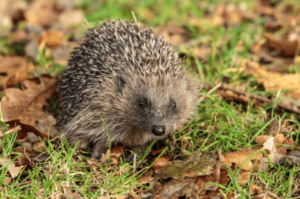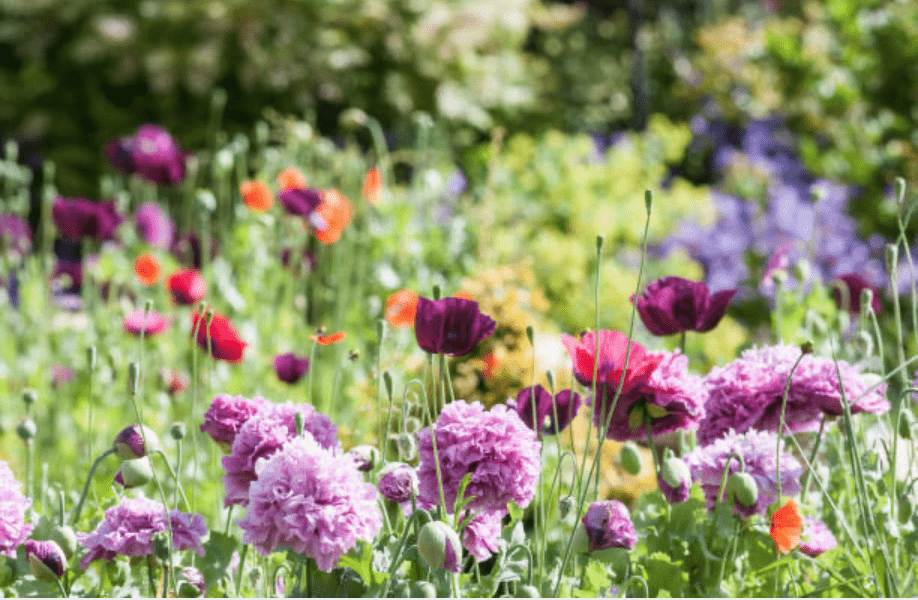How to Make an Environmentally Friendly Garden
At Green Onion Landscaping in Stockton-on-Tees, we’re on a mission to create beautiful, sustainable gardens right here in Teesside. The environment matters now more than ever — and every garden offers a chance to support nature.

What Makes a Garden Eco-Friendly?
You might picture a wildflower meadow, but even sleek modern garden designs can be green when created using ethical materials and smart techniques. Whether you’re starting from scratch or refreshing a small corner, we specialise in eco-friendly landscaping across Stockton, Middlesbrough, Billingham and beyond.
1. Reuse & Recycle Garden Materials
Use reclaimed items to give your garden character and reduce waste. Salvage reclaimed timber for raised beds, use old bricks from reclamation yards to edge borders, and repurpose tin baths, ladders or scaffold boards for planters and structures. This creates a bespoke garden setting with real personality.
Choose recycled paving, such as concrete aggregate or plastic decking that replicates wood, and eco-friendly garden furniture made from recycled materials. These sustainable materials reduce carbon footprint and look great too.
Use coloured glass bottles to create a beautiful screen.

2. Harvest Rainwater
Installing water butts on downpipes helps conserve water. Use green plastic barrels or rustic oak-style butts. Water at the root level with a watering can rather than sprinklers, protect pond liners, choose larger pots to reduce drying, and raise lawn blades in summer for moisture retention.
3. Install Permeable Surfacing
Solid driveways and patios can cause flooding and harm wildlife. Replace impermeable surfaces with gravel, slate chippings, porous asphalt, or grass-reinforced block paving. For driveways over 5 m², planning permission may be required unless suitable drainage into soil is provided. We’ll design and install compliant, wildlife-friendly hardscaping across Teesside.

4. Ditch Chemical Sprays
Tend to pests naturally:
- Squirt aphids off with a strong water jet
- Use copper tape to deter slugs and snails or coffee grounds
- Hand-pick caterpillars or protect with fleece/netting
- Make homemade sprays from garlic, elder or rhubarb leaves
- Invite insect-eating birds by installing bird boxes
- Create log/leaf piles to shelter hedgehogs and slow-worms
5. Choose Wildlife-Friendly Plants
Select plants that support pollinators and wildlife. Grow native shrubs such as hawthorn, rowan and elder for berries and nesting support. Choose open-pollinated flowers like echinacea, scabious and buddleia—plants rich in nectar and pollen.
Companion planting helps pests too:
- Plant carrots and leeks together to discourage pests
- French marigolds reduce aphids on tomatoes
- Horseradish planted near potatoes adds disease resistance
6. Provide Wildlife Habitat
A small pond will attract frogs, newts, dragonflies and beneficial insects. Add bee hotels, bird feeders, and nesting boxes to support garden biodiversity. Hedges are better than fences for wildlife—they offer shelter, nesting sites and corridors for small animals like hedgehogs.
Flower layering year-round encourages pollinators: wallflowers, Aubrieta and Rosemary in spring; Lavender, Thyme and Catmint in summer; Ivy and Skimmia in autumn.
7. Provide Habitat for Hedgehogs and Other Wildlife
Your garden can become a haven for UK wildlife with just a few simple adjustments. Create a small wildlife pond to attract frogs, newts and dragonflies, and place log piles or leaf mounds in quiet corners to shelter hedgehogs, toads and slow-worms. Leaving some areas of your garden ‘untidy’ is actually one of the most environmentally friendly things you can do.

Avoid solid barriers—hedges are far better than walls or fences when it comes to encouraging biodiversity. A mixed native hedge provides nesting sites, food, and safe routes for birds and hedgehogs to move through your garden.
You can also support wildlife by:
- Installing hedgehog houses and leaving small gaps in fences for them to pass through
- Planting berry-producing shrubs like hawthorn and rowan for food and cover
- Adding bird feeders and nesting boxes in quiet, sheltered spots
- Placing bee hotels to support solitary bees, especially during nesting season
Encouraging hedgehogs and other wildlife is not only rewarding — it also helps with natural pest control, reducing the need for chemical treatments. At Green Onion Landscaping, we design gardens that support local wildlife across Stockton-on-Tees and Teesside, helping both nature and people thrive.

Need Help Creating an Eco Garden?
Whether you have a modest courtyard or a larger family garden, Green Onion Landscaping offers local expertise in eco-conscious design. Based in Stockton-on-Tees, we serve Middlesbrough, Yarm, Darlington, and the whole of Teesside. From recycled materials and biodiversity planting to permeable patios, our sustainable solutions respect both your space and the environment.
Ready to green your garden? Call us on 01642 640303 or 07701 097196 for a friendly, free quote







